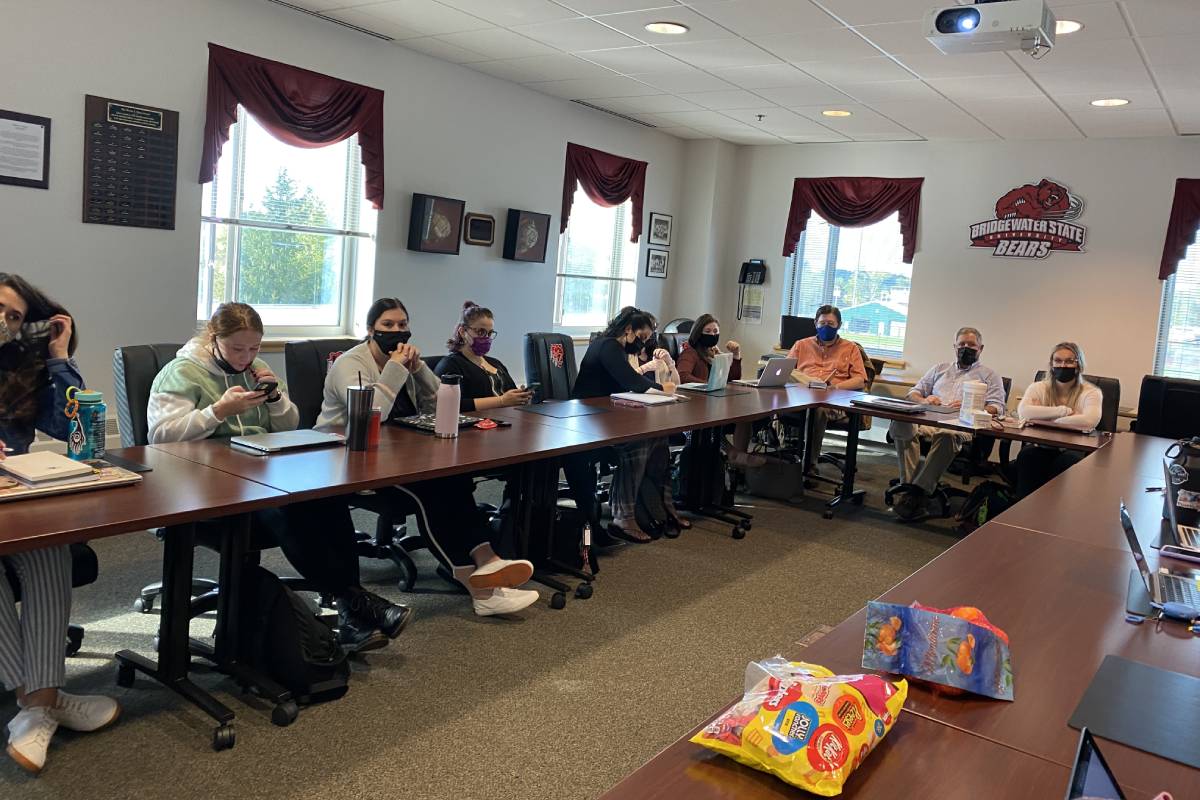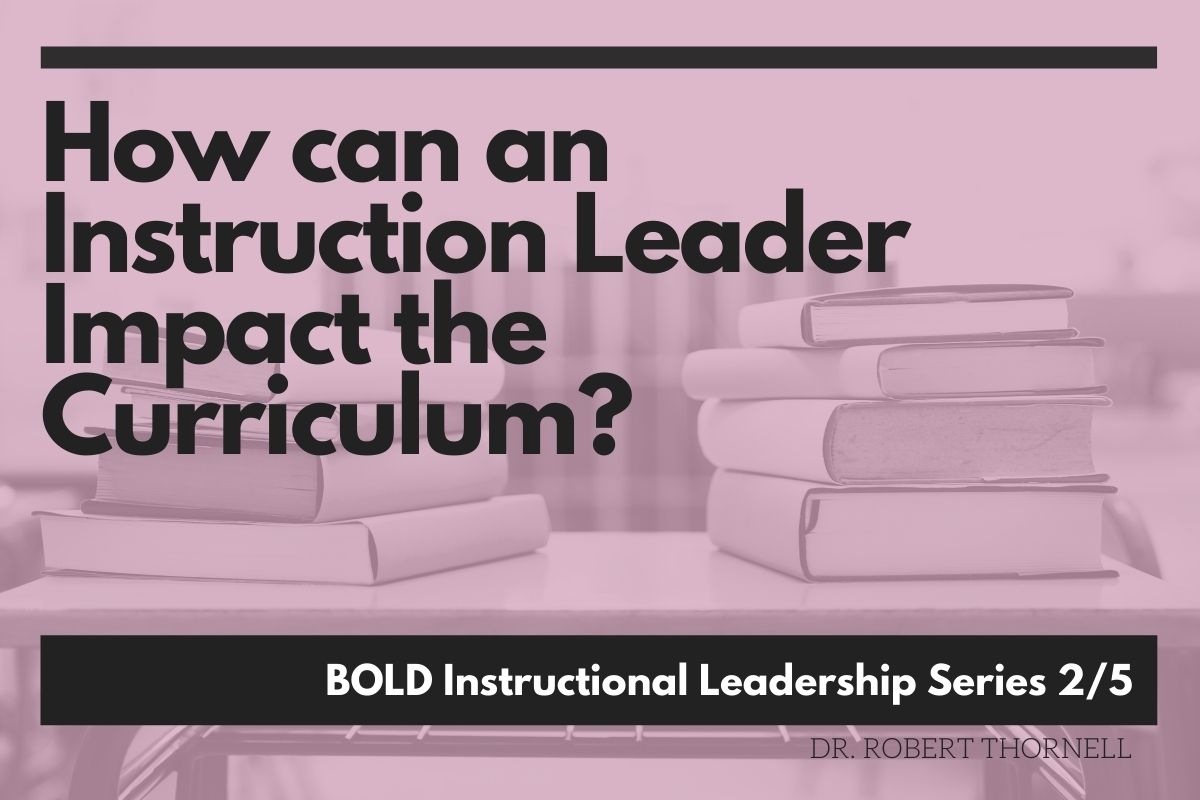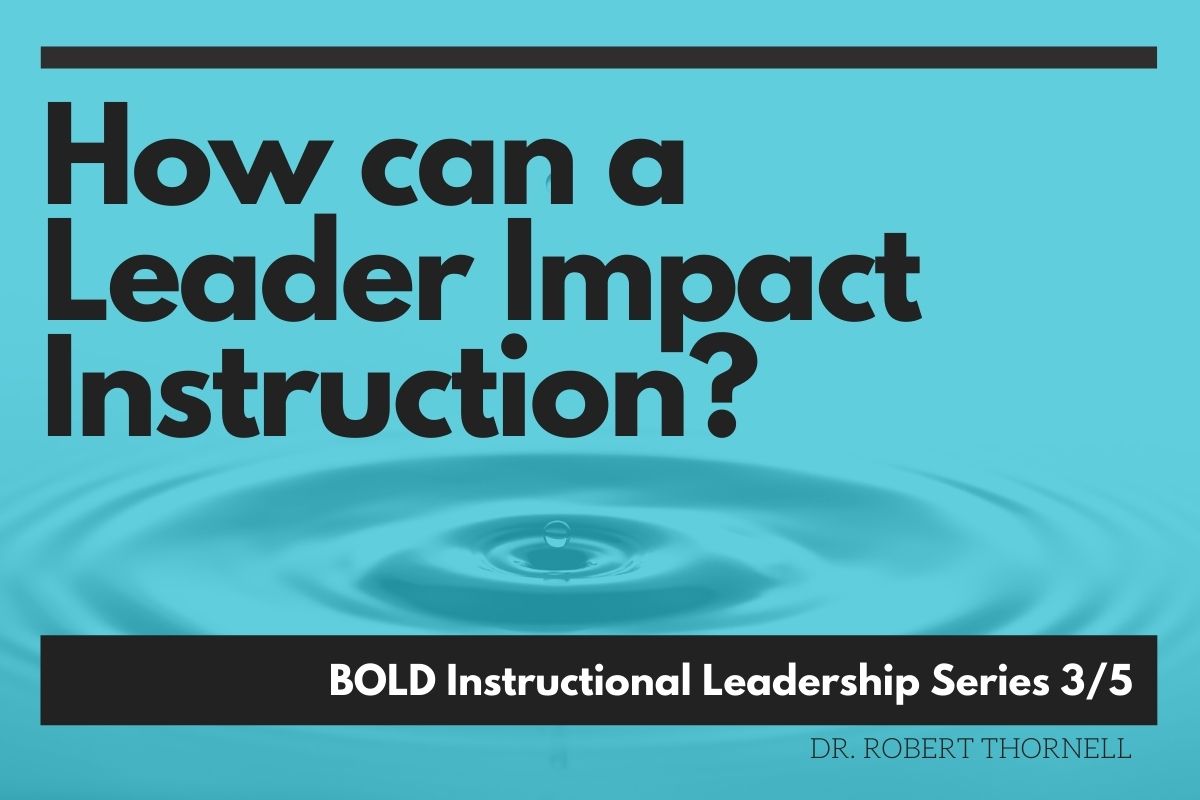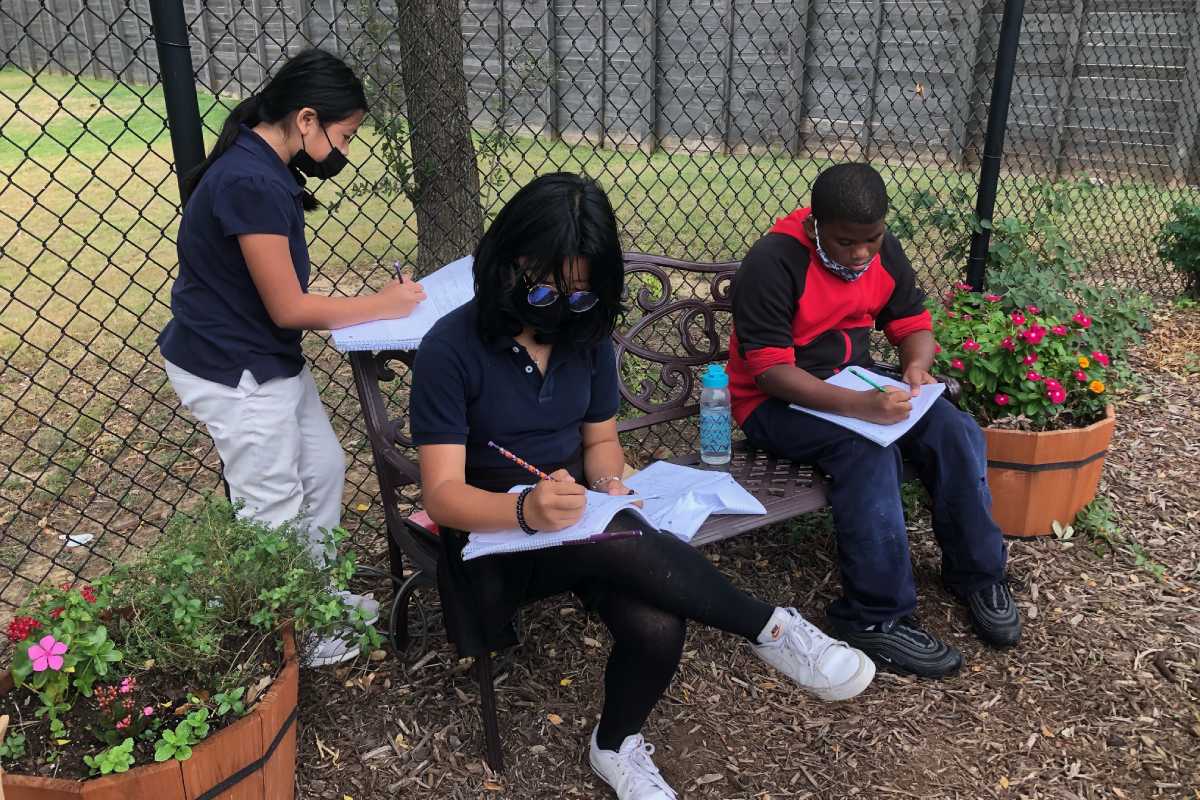Managing the Monkey

It seems schools are at a point with the COVID 19 pandemic in which no one wants to manage the monkey. When the pandemic began, no one knew what to do, and individuals were becoming deathly ill and dying. As medical professionals, government agencies, and world leaders sorted out the safest course forward, the world shut down, and schools followed suit. Although there was no clear information about COVID 19 or how to manage it, there were clear directions about what we as a country, state/province, community and school were mandated to do.
Fast forward three years, we still find ourselves in a place where we manage COVID 19 in our communities, homes, and schools. We are, however, in a different place. We have measures that we know mitigate the effects of COVID 19: proper masking, vaccinations, testing, and treatment which did not exist when the pandemic started. The situation has become more fluid, and mandated practices have become guidelines. As school leaders here in the US, we find ourselves managing a monkey without training or clear direction on moving forward. Independent, private, and public school boards can interpret the guidelines from the state, departments of health, and the CDC. We have moved from mandated to recommended. Recommended guidelines mean that every school and every community can create a policy that reflects the needs and desires of the community.
As you might imagine, this is no easy task. The measures to mitigate COVID 19 have become politicized, and individuals demand the right to make decisions for themselves and their families that align with their values and risk aversion. School leaders must make decisions in the best interests of all students and staff. It is impossible to make decisions that allow for 100% agreement within a community. What you have is confusion, anger, and disappointment.
Our school found ourselves in a situation where we were overwhelmed by the current variant of Omicron. Staff and students were tested positive at a rate much higher than we had seen in the past. Staff and classes were entering quarantines at an alarming rate. Most days, that meant 25% of our classes and staff were in quarantine. A class would return to school after quarantine, and then two days later, they would be out again. We knew we could not sustain this pattern and that it was not what was best for students to have no continuity in their learning. The stress and strain this was putting on staff, students, and parents were unsustainable. So what did we do?
We decided to start with our community. We drafted a revised policy that aligned with the “recommendations” of the state, the department of health, and the CDC. We then asked our parent representations from our Parent Advisory Group to send the policy to their grade level for feedback and input. As the Head of School, I communicated to families with the information, so parents understood what they were receiving and why. We paralleled this process for our staff and asked for their feedback. We followed up with a Parent Advisory meeting in which we asked for parent reps to summarize and highlight the input from each grade level. Feedback was recorded and used to amend and revise the proposed policy. We gave the Parent Advisory committee context and information that they did not have to deepen their understanding of the policy-making process.
We took this feedback and amended our policy. We then met with a group of medical professionals from our community. We consulted nurses, pediatricians, internists, and anesthesiologists from our school and the greater community. We presented them with our proposed policy, and they provided us with current data, perspectives, and recommendations. The conversation was constructive, and we felt it put us in a position to make more informed decisions about our policy.
We reconvened as a leadership team to tidy up the policy and draft a letter to our community. In the letter, we spoke about the process and how we arrived at our decision. We shared the multiple agencies, schools, and individuals who consulted beyond the team of medical professionals and our rationale for making the decision. We know that there is absolutely no way that this policy will meet the needs of all families in our community. Each individual’s risk aversion is different, and some will feel it is too strict while others too lenient. We have tried to offer choice and listen to the needs of our community to serve our students best.
This is where we are and know that with the fluidity of the situation that three months from now, our policy may look different as we juggle another variant. If we find ourselves in that position again, we at least have a process to follow. If you are a school leader struggling to manage the monkey, please feel free to reach out, and I will happily share with you the specifics of both our process and policy. You do not have to manage your monkey alone!
Originally published on LinkedIn January 16th, 2022
This article is available and can be accessed in Spanish here.









